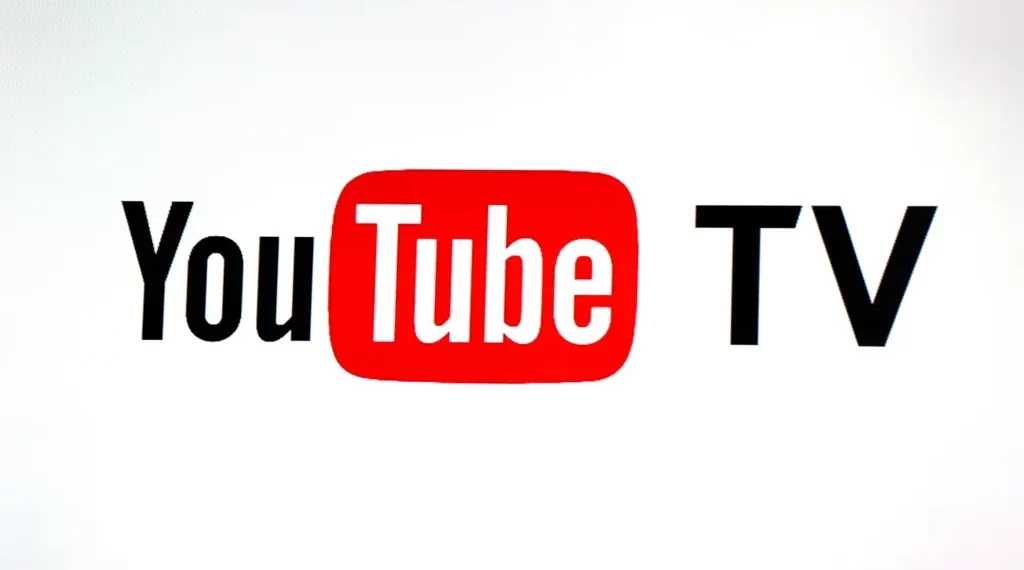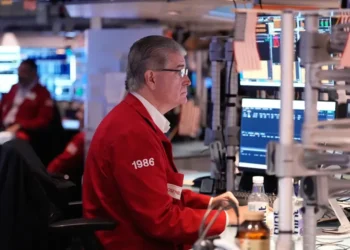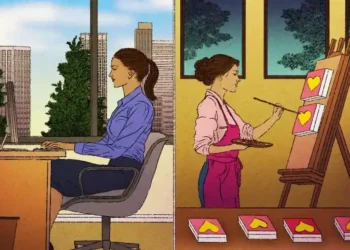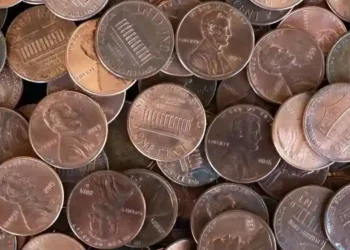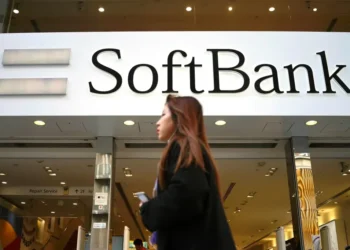Disney and YouTube TV End Blackout With New Global Distribution Deal
The Walt Disney Company and YouTube TV have reached a new carriage agreement that restores ESPN, ABC, and a wide range of Disney-owned networks to the Google-owned live TV platform. The deal ends a blackout that lasted more than two weeks and disrupted access to major sports broadcasts, news programming, and entertainment content for millions of subscribers. Both companies confirmed the restoration of channels on Friday, signaling a resolution to a dispute that highlighted growing tensions in the streaming and pay-TV ecosystem.
Disney said its full portfolio of networks was already returning to the platform, while YouTube TV thanked customers for their patience and apologized for the service interruption. The renewed agreement re-establishes one of the most influential channel lineups in U.S. streaming, which includes ESPN, ABC, FX, NatGeo, Freeform, and several college sports networks.
The Return of Disney Channels to YouTube TV
The blackout began on the night of October 30, after the companies failed to finalize a new licensing agreement. Without a deal in place, YouTube TV removed all Disney-owned channels from its service, leaving subscribers without access to marquee sports events, daily news coverage, and popular entertainment programming.
For many viewers, the absence of ESPN and ABC was particularly disruptive. ESPN holds broadcast rights for college football, the NFL, NBA, and numerous global sports competitions. The outage coincided with major college football matchups, leaving fans seeking alternative viewing options. Disney executives Alan Bergman, Dana Walden, and ESPN Chairman Jimmy Pitaro said they were pleased the networks returned in time for key weekend programming.
The disruption also affected niche but significant networks such as the SEC Network and ACC Network, which play a central role in regional and collegiate sports coverage. FX, Freeform, National Geographic, and Disney’s suite of entertainment channels were also unavailable during the impasse.
Dispute Over Pricing and Market Leverage
The breakdown in negotiations was driven by disagreements over pricing and distribution terms. YouTube TV said Disney sought higher rates that would ultimately raise subscription costs and reduce flexibility for customers. The platform accused Disney of leveraging the blackout to bolster its other streaming offerings, such as Hulu + Live TV and Fubo, which carry the same networks.
Disney rejected those claims, asserting that it only asked for fair market compensation based on the value its channels bring to live TV distributors. The company accused Google of using its scale within the digital ecosystem to exert pressure on content providers and said YouTube TV removed its channels before the prior contract fully expired.
Both sides publicly traded accusations as the blackout coincided with U.S. election-related coverage, adding pressure from audiences seeking local and national news.
Agreement Restores Channels and Maintains Future Flexibility
When the companies jointly announced the resolution, YouTube TV said the new agreement “preserves the value of our service for subscribers” and ensures flexibility for future bundles and digital add-ons. Disney said the deal aligns with its long-term strategy to adapt to shifting consumer viewing habits while safeguarding the value of its content.
The details of the agreement were not publicly disclosed, consistent with common carriage negotiations across the industry. However, analysts note that such disputes have become more common as the economics of the streaming market evolve. Media companies are increasingly tied to sports rights fees, while distributors face pressure to keep subscription prices competitive.
A Growing Trend of Carriage Disputes in Streaming
The standoff between Disney and YouTube TV underscores a broader industry trend. As streaming services expand and traditional pay-TV subscriptions decline, negotiations between content owners and digital distributors have become increasingly complex. Disputes once common in cable television have migrated to the streaming landscape, affecting millions of cord-cutters.
This is not the first time Disney and YouTube TV have faced a breakdown in negotiations. In 2021, subscribers temporarily lost access to Disney’s channels during a separate contract dispute, though that blackout lasted less than 48 hours. The recurrence highlights the tension between rising programming costs and consumer expectations for uninterrupted service.
Other distributors have faced similar challenges. Univision has remained absent from YouTube TV since late September, with parent company TelevisaUnivision criticizing Google’s move as harmful to Hispanic audiences who rely on its news, sports, and entertainment programming. The ongoing absence shows that not all disputes are resolved quickly and that companies may be willing to endure prolonged standoffs.
Pricing Pressures and the Expanding Streaming Landscape
YouTube TV, priced at $82.99 per month for its base plan, is one of the largest live TV streaming platforms in the U.S. Its content mix spans national broadcast networks such as NBC, CBS, Fox, and PBS, alongside major cable channels. The company said earlier that subscribers could claim a $20 credit if the dispute with Disney extended beyond a set period, an offer that reportedly began processing on November 9.
Disney has its own expansive streaming strategy, balancing traditional broadcasting with digital platforms. ESPN launched a standalone streaming service earlier this year starting at $29.99 per month, as part of the company’s long-term pivot toward direct-to-consumer distribution. Disney also offers bundled plans that combine ESPN, Hulu, and Disney+, priced at $35.99 per month or $29.99 for the first year of some promotions.
The rapid expansion of premium sports rights, combined with platform consolidation and audience fragmentation, continues to reshape negotiations across the industry. Analysts expect more disputes as media companies seek sustainable revenue while distributors try to limit price increases for viewers.
What the Agreement Means for Subscribers
With the new deal in place, YouTube TV subscribers regain access to sports coverage crucial during a busy college and professional sports season. News and entertainment programming from Disney-owned networks also returns, restoring full content offerings heading into year-end viewership peaks.
The resolution helps stabilize one of the most prominent relationships in the global streaming ecosystem. While additional negotiations are likely in the future, both companies emphasized their commitment to delivering value and reliability to their audiences.
This article was rewritten by JournosNews.com based on verified reporting from trusted sources. The content has been independently reviewed, fact-checked, and edited for accuracy, tone, and global readability in accordance with Google News standards.
Stay informed with JournosNews.com — your trusted source for verified global reporting and in-depth analysis. Follow us on Google News, BlueSky, and X for real-time updates.
JournosNews.com follows Google News content standards with original reporting, verified sources, and global accessibility. Articles are fact-checked and edited for accuracy and neutrality.
